Game Technologies that are Driving Real-World Innovations
Games have come a long way to serve more than just entertainment purposes. Game technologies like augmented and virtual reality have evolved to offer a new way to approach real-world problems.
The positive impact of games is more recently being recognized with some real-world applications that benefit society.
For example, AR, VR, 3D creation tools, audio and other advances in game technology are increasingly being harnessed for a range of major cultural heritage projects. They have also emerged as disruptive technologies in different industries including manufacturing to improve workplace operations and technological development. There is no doubt that games are indeed engines of innovation.
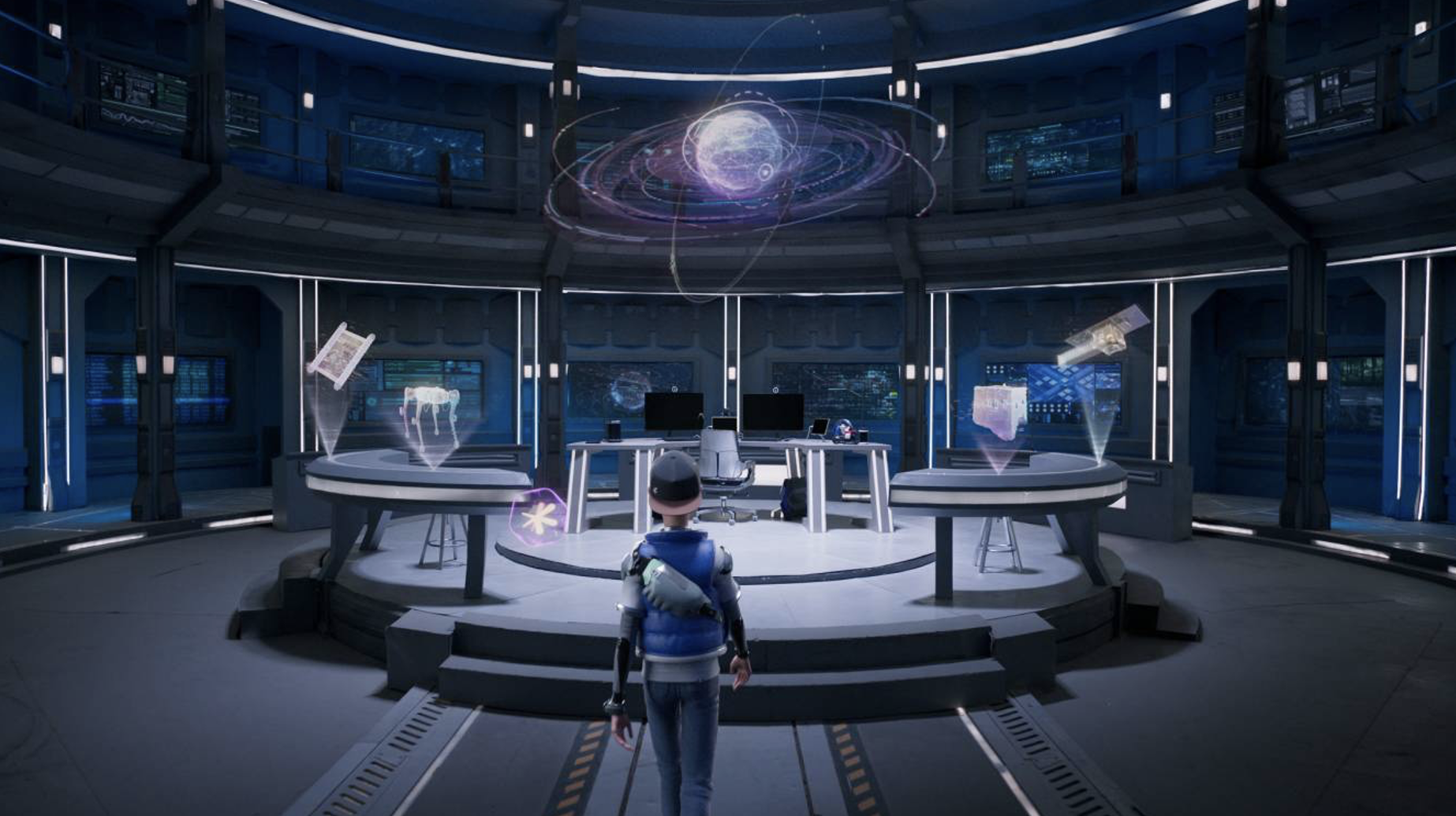
Protecting Cultural Heritage
Conservation of cultural heritage is nowadays a very important aspect of our lives. Governments and organizations worldwide have grappled with how best to preserve cultural heritage while making fragile sites and landmarks accessible. There is a noticeable increase in the importance of the digitization and digitalization of heritage sites, backed by game technologies.
Tencent is committed to supporting such cultural protection projects, and its most recent initiative is the digital restoration of the Great Wall in China, a globally recognized monument. The company’s comprehensive experience in creating life-like virtual worlds has been used to digitally store a 1km-long section of the Great Wall’s Xifengkou in incredible detail.
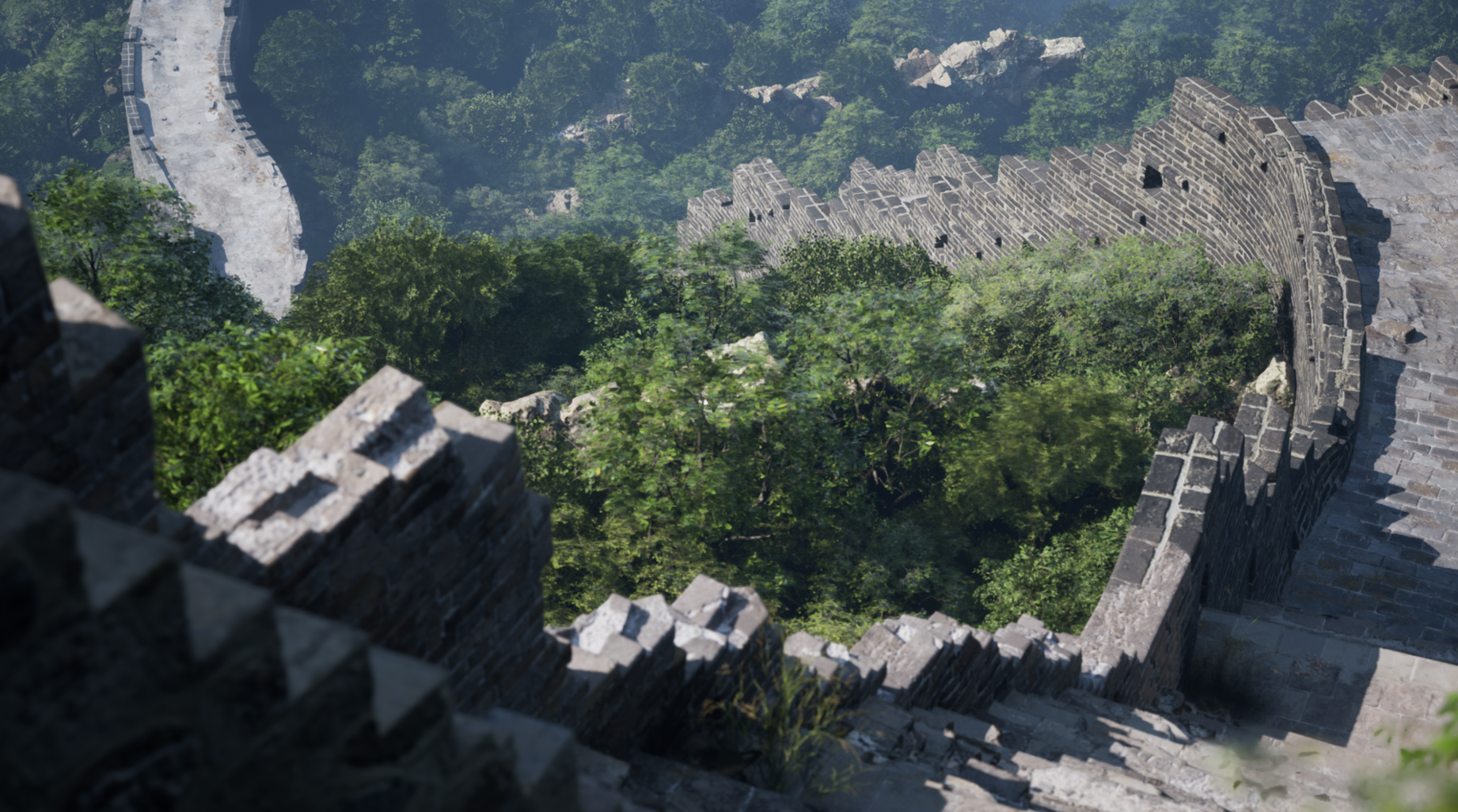
Using photogrammetry, the Xifengkou section of the Great Wall has been measured to achieve millimeter-level precision. High-poly assets of billion triangles have been processed using technologies including the game engine, regenerative procedural content generation (PCG), and cloud game technology. Not only has the wall itself been accurately reproduced, but the surrounding landscape has been featured, including the planting of more than 200 thousand trees and rendering and lighting of multiple dynamic objects. It’s the world’s initiative in digitally restoring cultural relics in millimeter-level accuracy using game technologies, while providing an immersive and interactive experience.

Thanks to the technical expertise gained by developing high-fidelity games, the quality of digital scene production is light years ahead of what we had before. What’s more, the production cycle has been shortened from months to weeks, with a high degree of precision.
The same technologies will be used in preserving Beijing’s Central Axis, which is under consideration for UNESCO World Heritage listing. This historic center of the Chinese capital is a model of urban planning and development that includes important landmarks such as the Forbidden Palace, the Temple of Heaven, and Jingshan Hill.
To reproduce the physical, historical and cultural information of the Central Axis, we will create a highly precise, interactive digital world via physical scanning, graphic rendering, and narrative interaction. We hope to use procedural generation technology for large-scale games in building a complex urban landscape, and real-time dynamic lighting technology of game engines to create realistic natural lighting. This will allow people to vividly experience the Central Axis and its magnificent layout throughout different seasons.
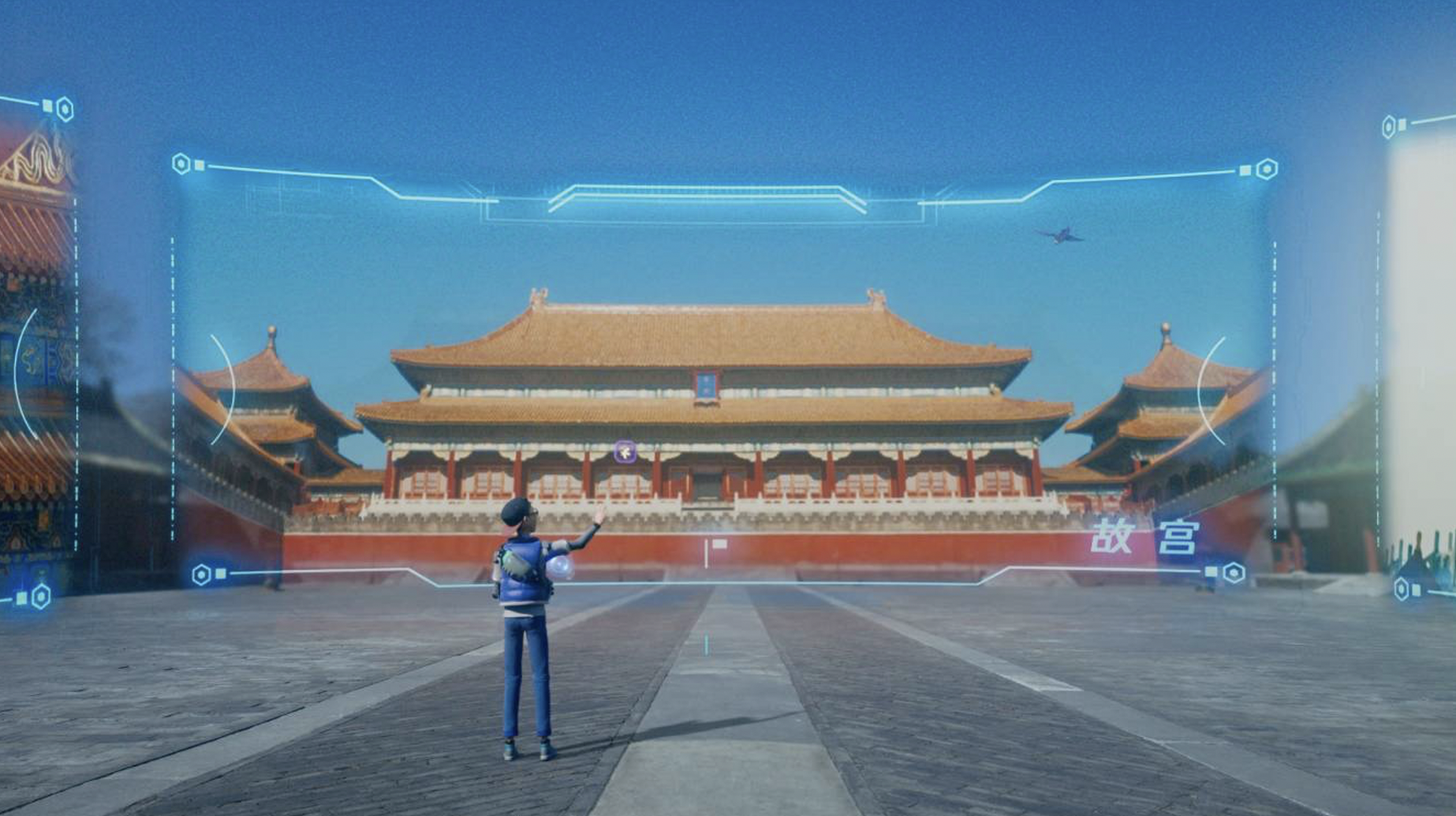
In another example, Tencent worked with the Dunhuang Research Institute to create the digital version of the Library Cave of Dunhuang and the digital avatar “Jia Yao.” The digital restoration of the famous Mogao Grottoes and interactive digital experience transformed the ancient murals and artifacts found in the caves into vivid stories. Jia Yao will also do live broadcasts as the first digital ambassador of Dunhuang Culture, allowing people to better understand the history and culture of the period.
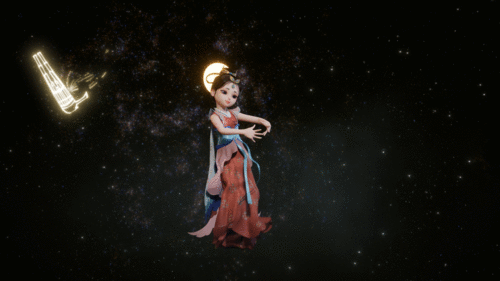
Building Full-Fidelity Connected Factories
As the term suggests, digital twins are exact virtual replicas or maps of physical objects, captured in immense detail. It uses sensors on an object to collect data so that engineers and technicians can see how products such as cars, planes or a piece of machinery is functioning in the real world and predicts how it will function in future. Digital twin technology makes industrial production smarter, more energy-efficient and more effective.
The technology behind game engines to create 3D images is especially suited to digital twin applications. The game engine capabilities, including real-time rendering and 3D modeling, can help enhance the 3D display and visualize data when creating a digital twin. Such powerful game engines led to Tencent Games and Tencent Cloud’s partnership with BaoSteel Group Corporation, to build a full-fidelity digital factory.
A cross-disciplinary team from Tencent Games will apply years of experience in cloud rendering, visual motion capture as well as virtual and real interaction technology to create the digital twin of steel production lines.
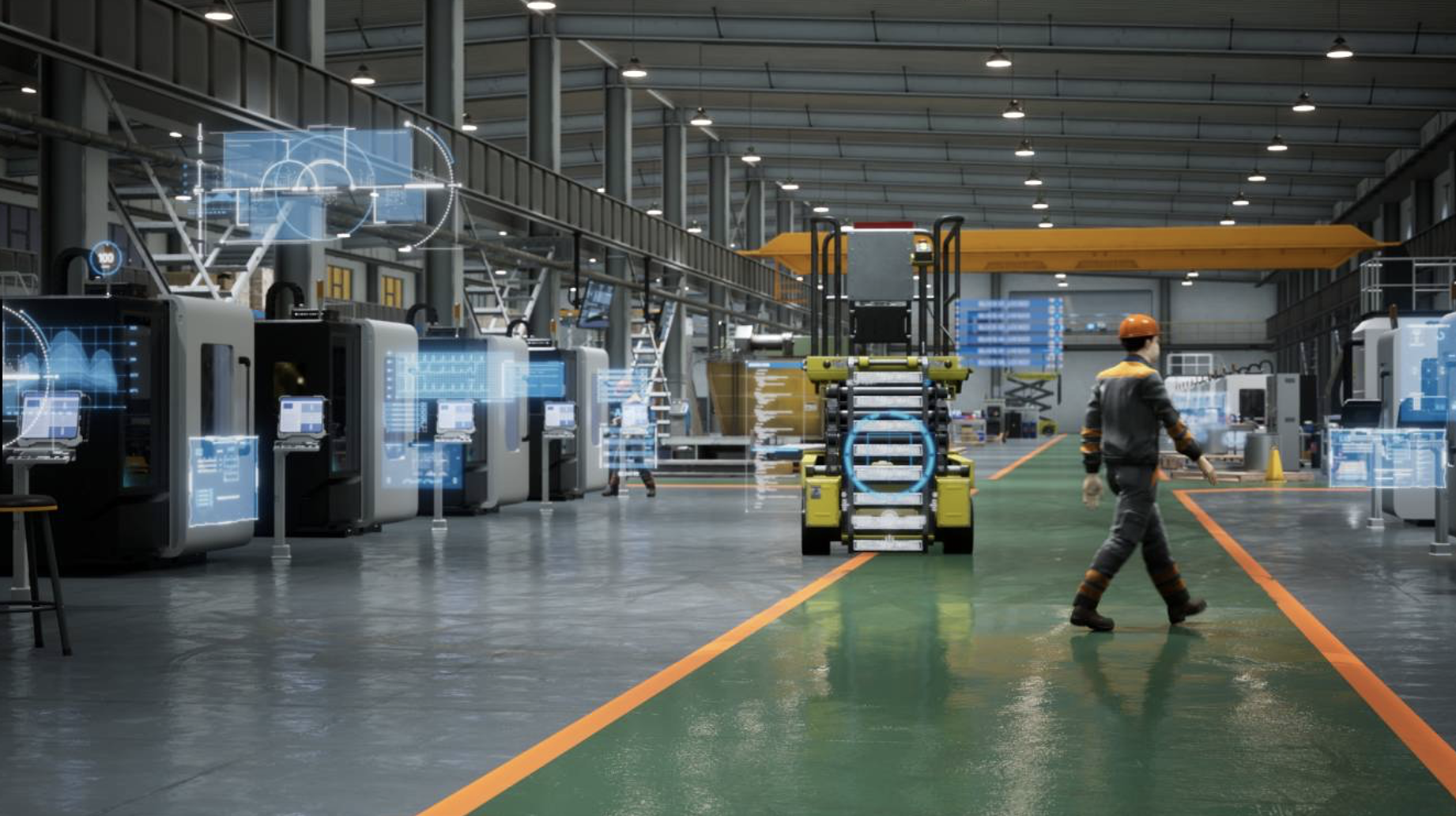
It starts with precise recreations of the facilities and production lines used for manufacturing metal. Comprehensive data and information collected from existing factories replicate real-world full production cycle. Such full-fidelity factories allow technicians working off-site for troubleshooting, operation, and remotely managing high-risk tasks.
Still, in its early days, Tencent will continue to explore the integration of game technologies with different application scenarios in the steel manufacturing process. The benefits of such collaborations are huge and have the potential to make large-scale, complex industrial manufacturing smarter, safer, more energy-efficient and environmentally friendly.
Facilitating Scientific Research
AI is one of the most important technologies to support cutting-edge scientific research. The development of AI depends on enough samples, while game technology can provide an excellent training arena for AI.
The Chasing All Transients Constellation Hunters (CATCH) program is initiated by the Institute of High Energy Physics, Chinese Academy of Sciences, and Key Laboratory of Particle Astrophysics. In the past, astronomical observations of a single satellite usually required a dedicated team. Tencent Games’ multi-agent reinforcement learning algorithm can empower more than 100 satellites to cooperatively observe the transients and variable sources in the Extreme Universe, where matter exists in extreme conditions.
The intellectual action generation and real-time physical simulation technology that powers Non-Playable Characters (NPCs) in games will also be utilized to make robots smarter while working around humans. The technology will improve the autonomous decision-making ability of robots to adapt to different situations. The breakthroughs will help pave the way for future real-world applications, such as elderly care and other people-oriented services.
We are still in the initial stages of applying game technologies to broader real-world scenarios. But we can already see that the gap between the virtual and physical worlds is narrowing, and the possibilities of such technologies for social and economic good are unlimited.


